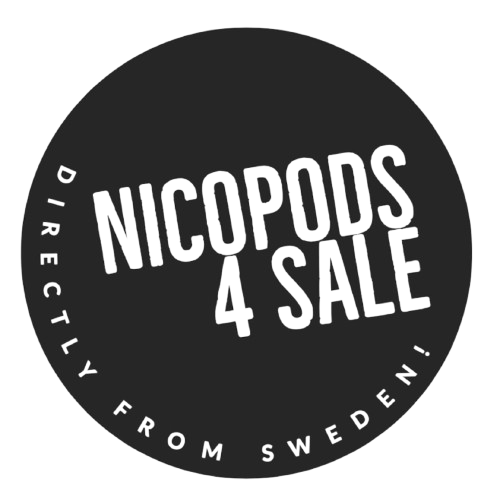In the diverse world of tobacco consumption, smokeless alternatives have gained popularity as individuals seek alternatives to traditional smoking. Chewing tobacco, nicotine pouches, and Swedish snus are among the options gaining traction in the United States. This blog post delves into the characteristics, risks, and cultural aspects surrounding these smokeless tobacco products.
Chewing Tobacco: A Time-Honored Tradition
Chewing tobacco, a form of smokeless tobacco, has a long history in the United States. Typically sold in loose leaf, twist, or plug form, it is placed between the cheek and gum. Chewing tobacco enthusiasts appreciate the slow release of nicotine and the rich, often sweet or spicy flavor profiles. However, it is important to note that this traditional form of smokeless tobacco is not without health risks. Chewing tobacco has been linked to oral cancers, gum disease, and other health issues.
Nicotine Pouches: A Modern Approach
Nicotine pouches, a relatively recent addition to the smokeless tobacco market, offer a discreet and smoke-free nicotine experience. These small pouches, similar in appearance to teabags, contain nicotine and flavorings. Users place them between the gum and lip, allowing for a controlled release of nicotine. Nicotine pouches come in various flavors, making them an attractive option for those who want to avoid the smell and stigma associated with traditional tobacco products. Despite the potential harm reduction when compared to smoking, it is crucial to recognize that nicotine itself is an addictive substance.
Swedish Snus: A European Influence
Originating from Sweden, snus is a form of moist smokeless tobacco. Unlike other smokeless tobacco products, snus is pasteurized, a process that reduces the formation of certain harmful chemicals. Users place pre-packaged pouches under their upper lip, and the discreet nature of snus has contributed to its popularity. While research suggests that Swedish snus may be less harmful than other forms of smokeless tobacco, it is not without health risks, including an increased risk of pancreatic cancer.
Regulation and Cultural Perceptions
In the United States, regulations surrounding smokeless tobacco products vary. While some states have implemented strict regulations or outright bans, others have more lenient policies. Additionally, cultural perceptions play a significant role in the acceptance of these products. Smokeless tobacco alternatives often face stigma, with some individuals viewing them as less harmful than traditional smoking, while others see them as equally detrimental to health.
Conclusion
As the landscape of tobacco consumption continues to evolve, smokeless alternatives like chewing tobacco, nicotine pouches, and Swedish snus have carved out a niche in the market. While some users may see these products as a less harmful option compared to smoking, it’s important to acknowledge that they are not risk-free. Understanding the potential health risks, as well as the cultural and regulatory factors at play, is crucial for individuals exploring these smokeless tobacco alternatives in the United States. Ultimately, making informed choices about tobacco consumption requires a balanced understanding of the available options and their associated consequences.

